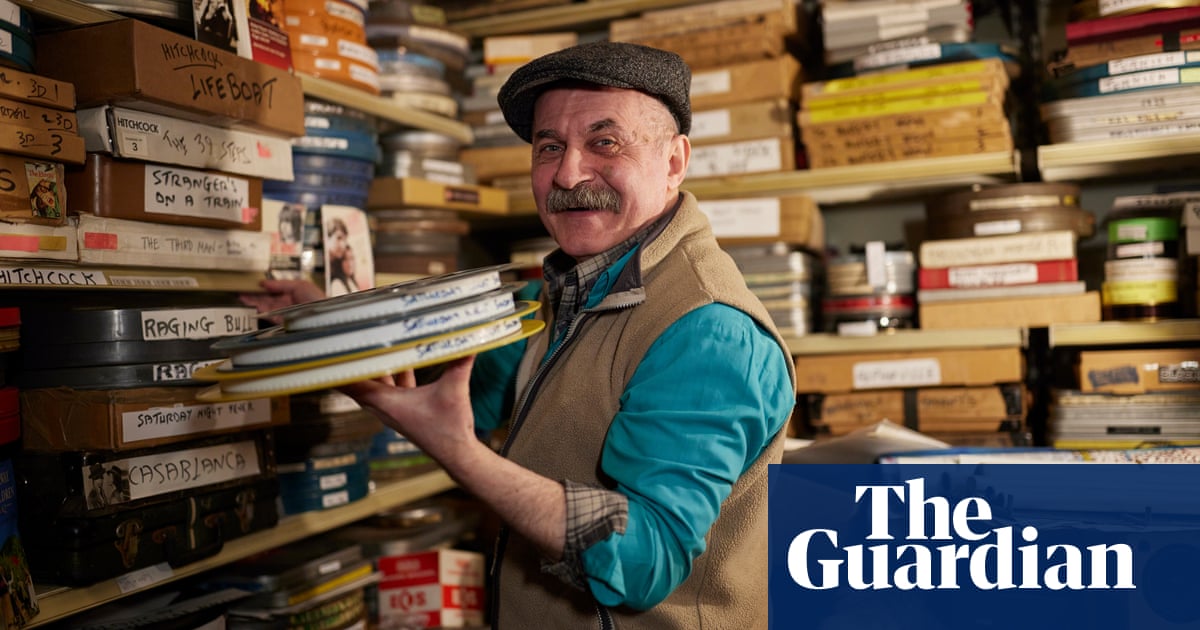
The news cycle operates at such a rapid pace, it can feel impossible to take everything in, leaving us overwhelmed, exhausted, and at times helpless. The Hollywood-based nun, artist and teacher Sister Mary Corita (AKA Corita Kent) understood this. She lived and worked through the 1960s, also a time of immense political change and drastic historical events. She used her art and ideas to help make sense of it. As she said to a group of students in 1967: “Sometimes you can take the whole of the world in, and sometimes you need a small piece to take in. I think that is really what a work of art is: it is a small piece that you can ingest, that gives you an idea of the richness of the whole.”
Sister Corita’s art reflected the idea of the small and big picture. She worked in screen-printing, a medium that lends itself to being widely accessible and available, and can be produced in bulk, creating text-based works in bright, bold colouring. She often led with a recognisable phrase or slogan, framed by smaller, almost illegible text, which invited her viewer to look more closely at the commentaries she included.
One of her more powerful examples is Stop the Bombing, a 1967 print emblazoned in red, blue and white (perhaps a nod to the US flag), protesting against the brutalities and violence of the Vietnam war. In the handwriting around it is a moving statement: “There is a bullet in my brain, behind my eyes, so that all I see is pain, I am in Vietnam …” It is a message that speaks presciently today. But only if we look closer do we understand the realities of these larger slogans – a lesson to look further than what is first presented to us.
She also understood media manipulation, and drew attention to newspaper headlines that treated communities unfairly. During the Watts Uprising in LA in August 1965, she made My People, which turned the front cover of the Los Angeles Times – featuring hateful language towards the Black community – on its side, and twinned it with a block of red bearing handwritten lines that flip the narrative. Embossed in white, this featured a powerful sermon by Maurice Ouellet, a priest and civil rights activist who marched in Selma, Alabama, which challenged “comfortable” middle-class Christianity, and the fundamentals of the faith.
This work came to mind when I saw the headlines that may well have contributed to the recent UK riots, and how newspapers today still prioritise and perpetuate narratives to suit their agenda. This is a powerful example of how art can be used as a tool to show us a different side of the story, and to get us to look more critically at what the larger stories are telling us. Sister Corita dedicated her life to spreading messages of hope, faith and justice – and, just like the tactics of artists Barbara Kruger and the Guerrilla Girls, used recognisable graphics, logos and symbols to incorporate the world into her art, and make it relevant to all.
Her teaching methods were also about looking closely at the world. When she was head of the art department at her religious order of the Immaculate Heart of Mary, she encouraged her students to use a viewfinder – a piece of paper or cardboard with a square hole in it, which they would hold up to see the smaller picture, amid the bigger picture outside the frame.
Sister Corita died in 1986, but her legacy is large. Since 1997, the Corita Art Center has existed as an affiliate of the Immaculate Heart Community, to preserve, champion and promote her work and teaching methods. When I visited last year, I was inspired by their van (the “corita-mobile”), which is emblazoned with her bright, bold artworks and is driven by workers who take art supplies out to disadvantaged neighbourhoods to encourage people to make and draw. Armed with her spirit, they promote her vital messages that feel more relevant now than ever.
If she held her viewfinder up to the modern world, what would she see? Sometimes zooming in on something small can show us the reality of an individual’s experience, but it can also expose the beauty of the world – and remind us that hope is never lost.












